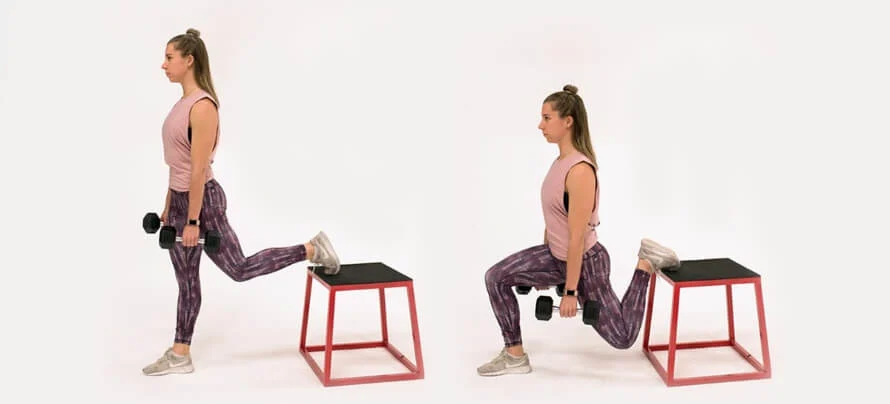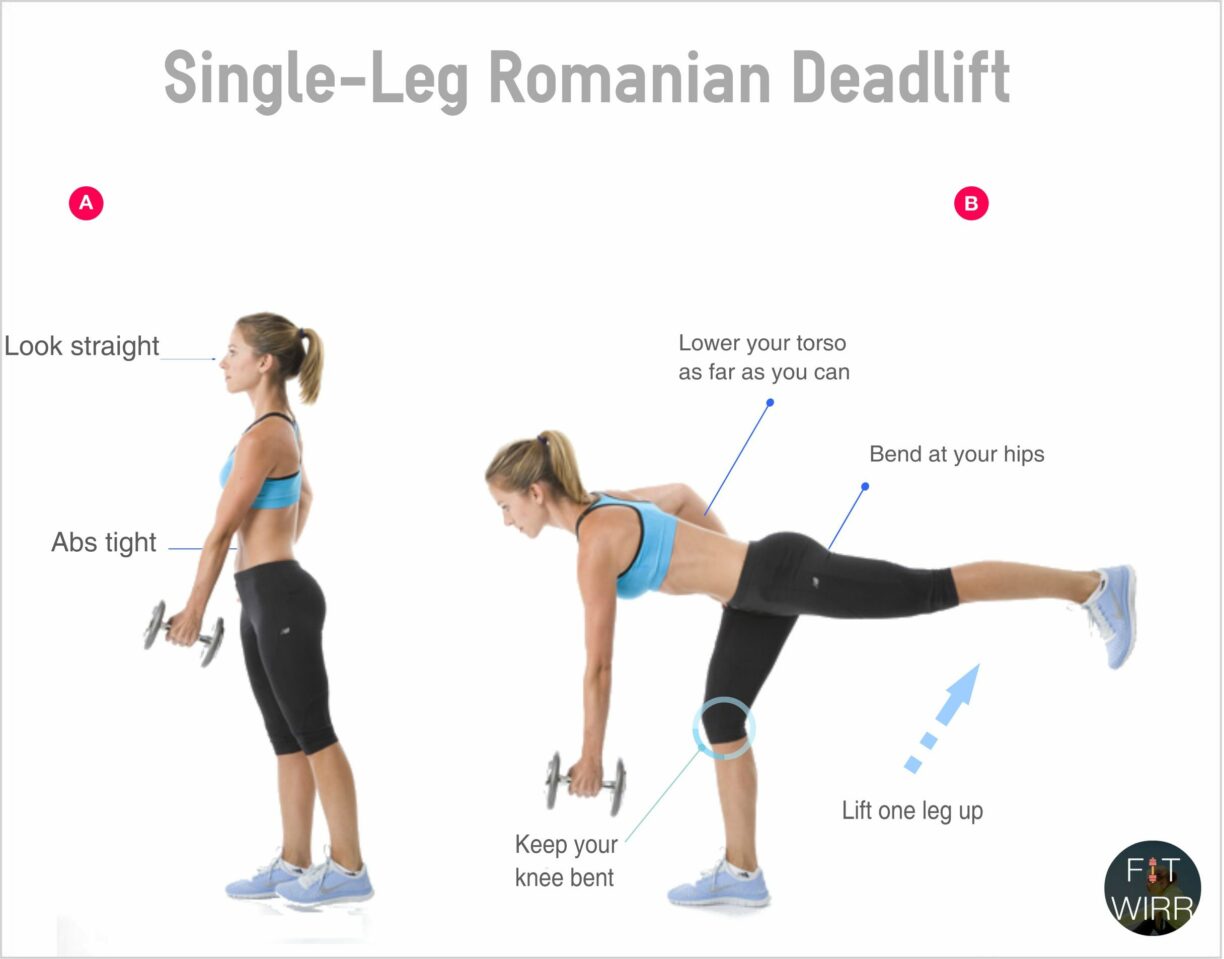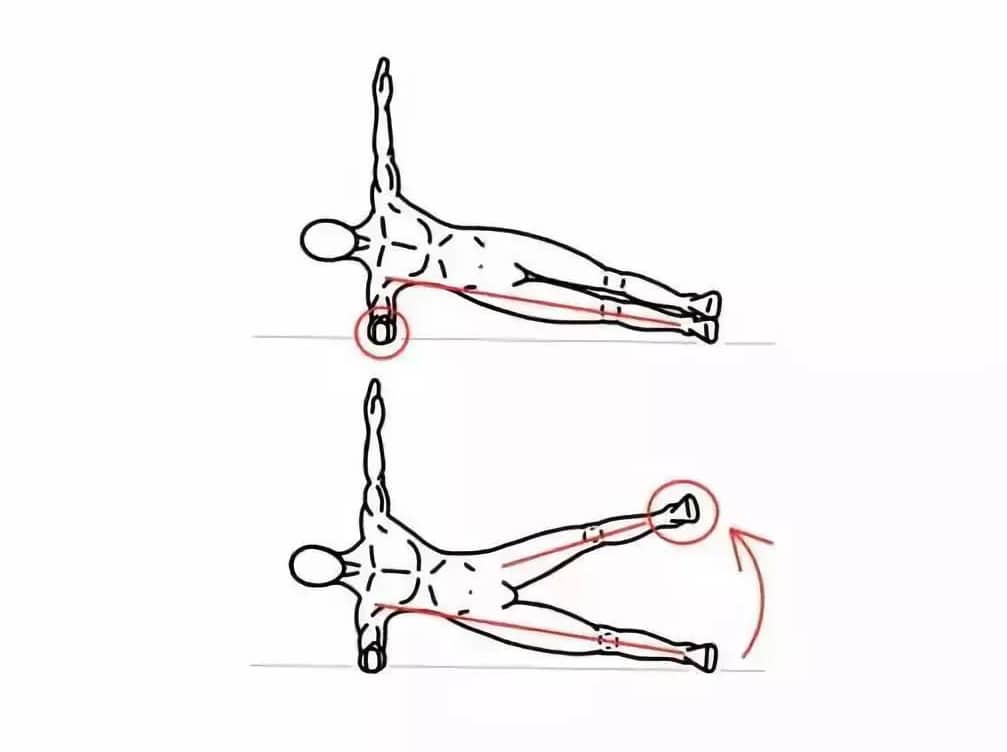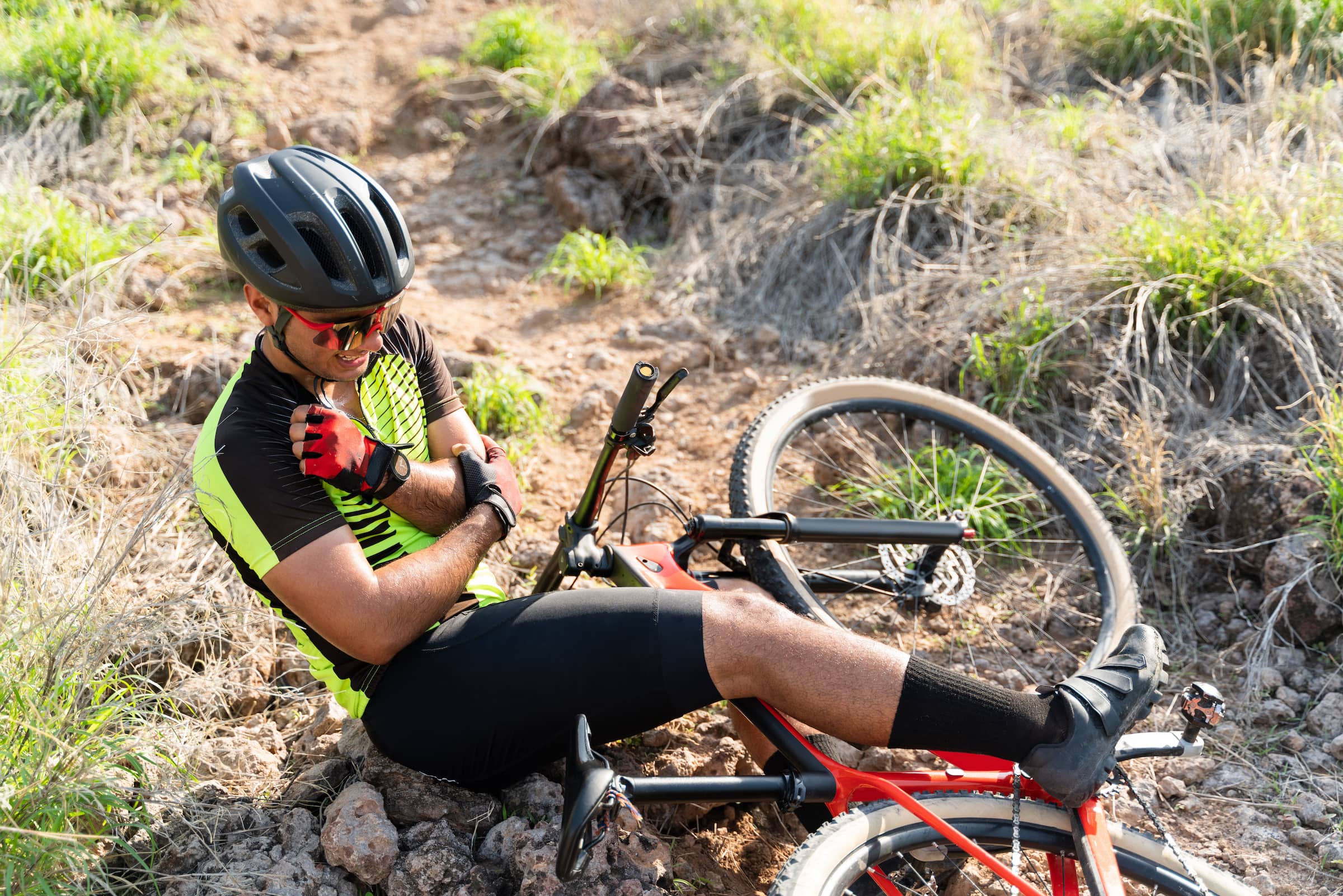Cycling is a great low-impact exercise that all age ranges can enjoy; however, it’s very easy to ‘overdo it’ or use the wrong techniques and injure yourself.
I recently spoke with Brian McLaughlin, a Doctor of Physical Therapy from Perfect Stride Physical Therapy, to find out the common training mistakes when it comes to cycling and how best to avoid them.
“Whether you are cycling to help regain strength from a knee replacement, sweating to a Peloton class, or training for a future cycle race, here are some tips to keep you safe and injury-free – from common training mistakes to exercise to help you on your cycling journey.”
How to start cycling and stay injury-free:
3 COMMON TRAINING MISTAKES TO AVOID
- Don’t increase your training volume too quickly – increase your mileage or time by no more than 10% each week. It’s better to increase your training volume gradually as this helps your body to adjust and reduces your risk of injury. So, if you ride 50 miles in one week, increase this to no more than 55 miles in the next week.
- Focus on one thing at a time – don’t attempt to tackle your time or mileage at the same time as your intensity. Focus on improving your time and mileage at the same intensity to improve your overall fitness – only then you can start to implement higher intensity training. This targeted approach will reduce your risk of injury as well as improve your progress.
- Find your ideal cadence and gear – using the wrong cadence and too high a resistance when you cycle can put a lot of unnecessary strain on your joints, so find a balance between the resistance of your gears and your revolutions per minute (RPM). If you are finding it hard to stay above 60 RPM, lower your gear until you are comfortable – a safe range to stay in is between 60-110 RPM.
HOW TO ADJUST YOUR BIKE SET UP TO PREVENT INJURY
- Saddle height – changing your saddle position is one of the easiest ways to help prevent injury. Ideally, your saddle height should allow you to have a slight (10-15 degrees) knee bend at the bottom of the pedal stroke. You can use
- a saddle height calculator to find the best fit for you according to your height.
- Saddle position – the perfect saddle position can help prevent knee pain, Achilles injuries and more, and is easy to adjust. To find if your seat is in the right position, place your pedals in the 3 o’clock and 9 o’clock positions, then drop a string in front of your knee – it should bisect the pedal. If the string is too far forward, your seat should be moved back, or move it forward if the string is too far back.
- Handlebars – the height of your handlebars varies on the type of cycling you are doing, but as a rule you shouldn’t feel as though your back is excessively rounded or that you are putting a lot of weight on your arms – your arms should also have a slight bend at the elbows.
Exercises to prevent injury:
Cycling is a sagittal plane motion, this means you are mainly moving in an up-and-down cyclic motion – so, if cycling is your only form of exercise you may find you have some muscle imbalance which can lead to injury.
To tackle these, try incorporating some of these exercises to help strengthen these neglected muscles in your hips, quads, core, upper back and hamstrings:

- Bulgarian split squat – This exercise targets your glutes and quads as well as challenging your stability.
Stand around 3 feet away from a knee-level bench or step with your feet shoulder-width apart. Lift your right leg up behind you and place the top of your foot on the bench – find a position where you can comfortably lunge. Lower your body down until your left thigh is parallel to the ground, then raise yourself slowly.
Complete 8-10 reps per side, repeating for 3 sets.
- Banded dead bugs – this exercise strengthens both your core and your hip flexors.
Loop a resistance band around your feet and lay on your back. Pull your knees up to your chest and lift your feet so they’re in-line with your knees.
Reach through the heel to straighten the leg while resisting the other knee from moving. Pull back and repeat on the other side.
Complete 10 reps per side repeating for 2 sets
- Dumbbell row – this will target your upper back muscles.
Bend over so your upper body is parallel with the ground, then reach down and pick up the dumbbell in your right hand with your palm facing you. Extend your arm while keeping your back straight, then slowly bring the dumbbell to your chest.
Perform 6-8 reps each side for 3 sets.

- Single leg Romanian deadlift – This exercise targets both your glutes and hamstrings as well as balance.
Stand up tall and tight before pushing your right foot into the floor. Create a slight bend in your right knee before slowly hinging forward at your hips. As you’re leaning forward, raise your left leg out behind you as far as you are comfortable, keeping your torso parallel to the floor. Hold, then slowly return to your original position.

Repeat on the other side.
Complete 6-8 reps per side for 3 sets.
- Side plank + abduction – This exercise combines core strengthening and glute med strengthening.
Start by lying on your right side. Place your right forearm underneath you to support your weight before raising your hips, keeping your body in a straight line.
When you feel secure, raise your left arm and ankle straight up, creating a rough K-shape with your body.
Hold this pose for 20 seconds for 2 sets.

